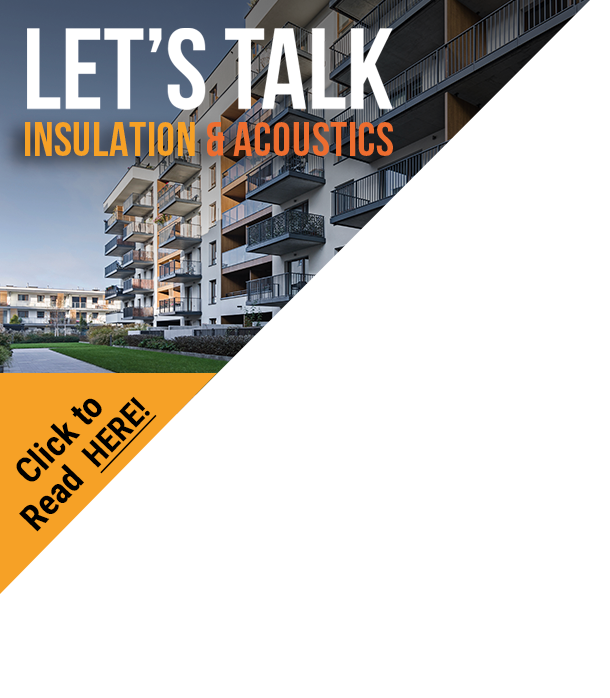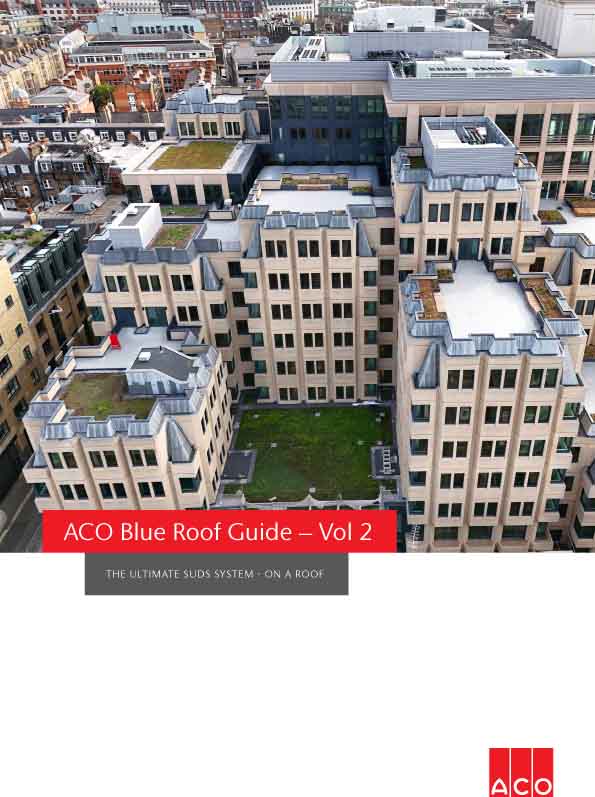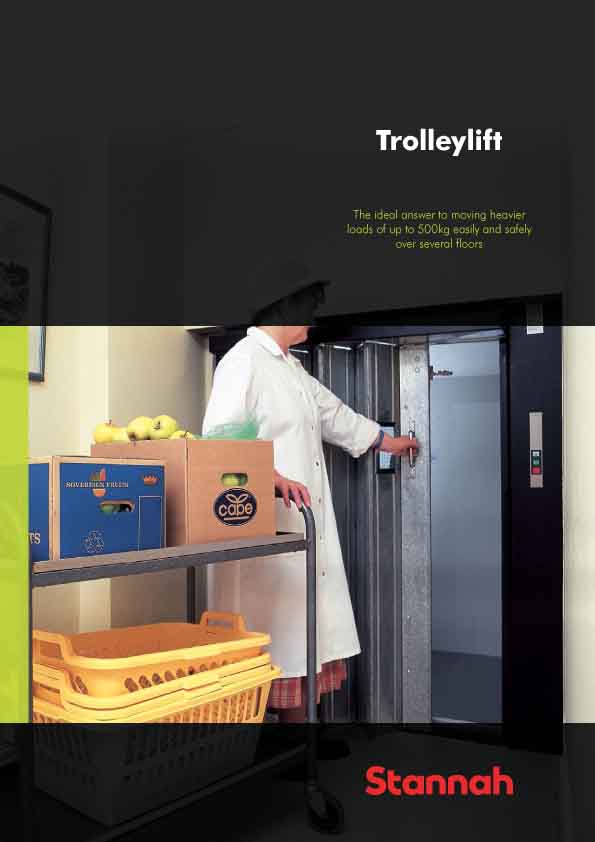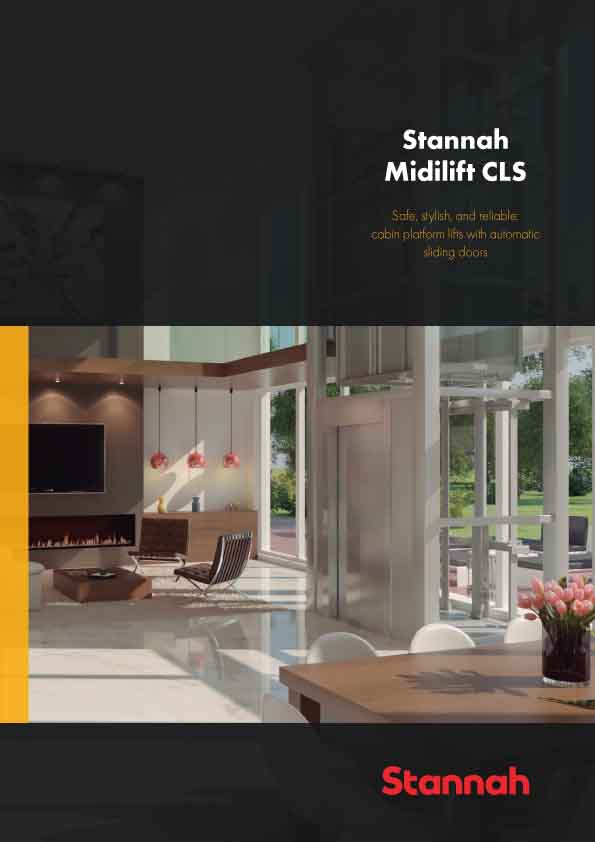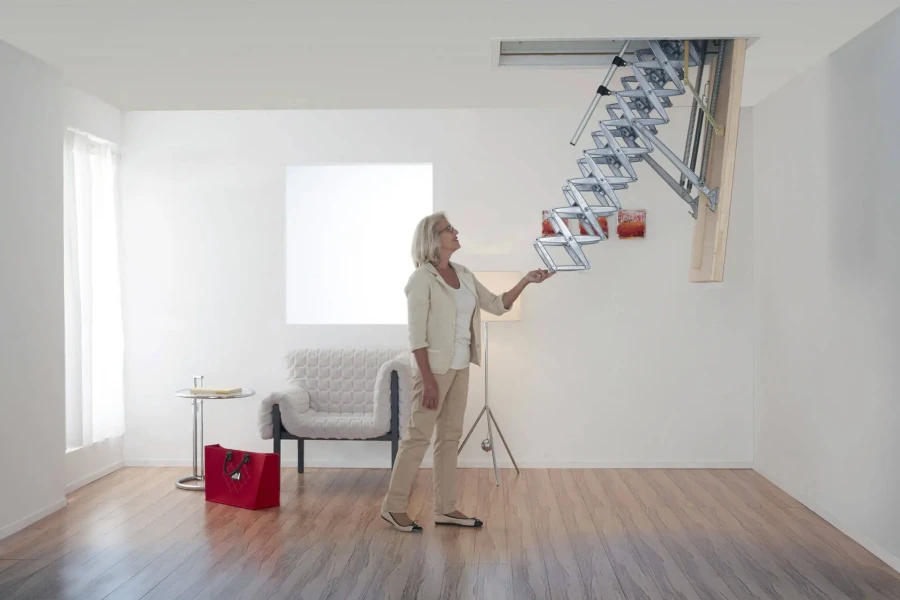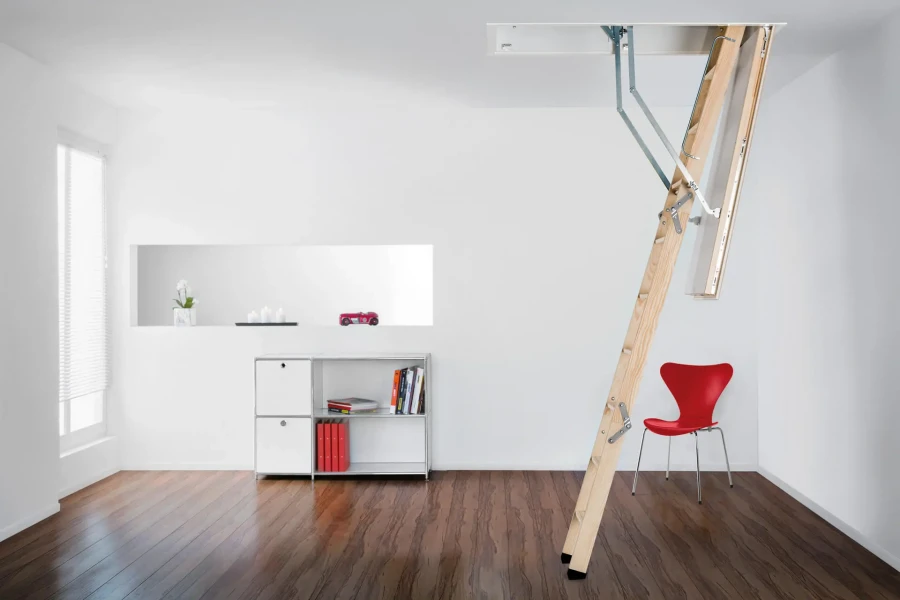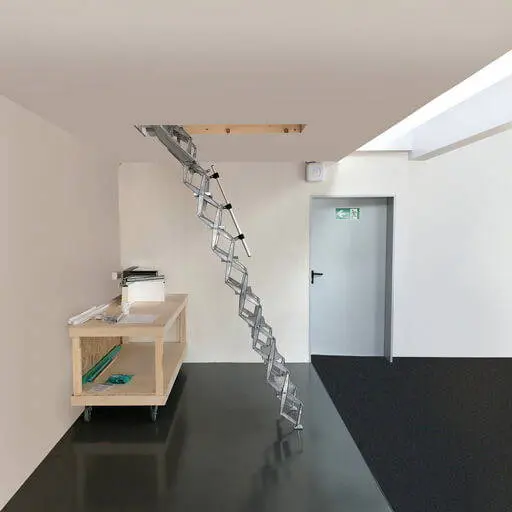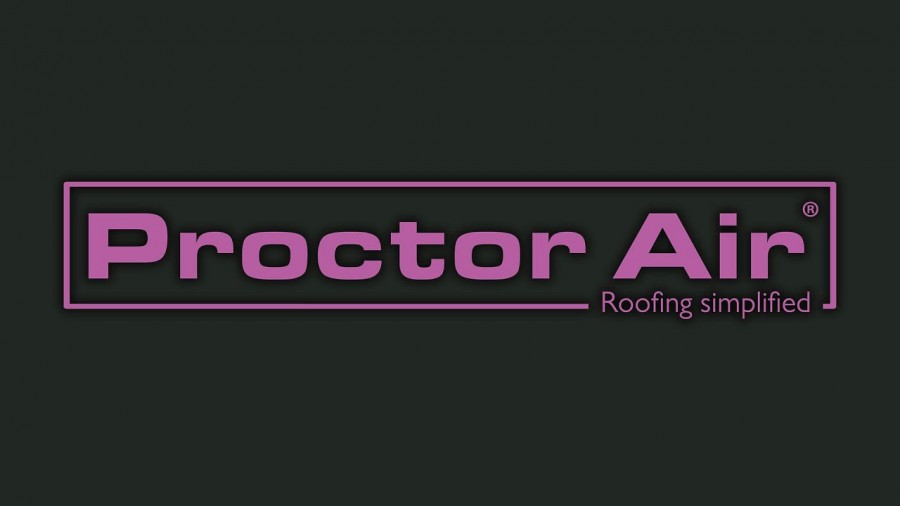The Campaign to Protect Rural England (CPRE) has revealed a significant increase in houses planned for the Green Belt, and yet most of these houses will be unaffordable to those who need them.
Based on local and city-regional planning policies and new data from planning consultants Glenigan, CPRE’s annual Green Belt Under Siege report shows that more than 70% of houses proposed for development are not expected to be ‘affordable’. It also demonstrates that just 16% of houses built on Green Belt land since 2009 outside local plans were classed as ‘affordable’.
In total, 425,000 houses are now planned for Green Belt land. This is an increase of 54% on March 2016, and the biggest year-on-year increase in building proposed in the Green Belt for two decades. Green Belt in the North West, West Midlands and South East is under particular pressure.
Furthermore, Government funds are handsomely rewarding the development of Green Belt land the Government supposedly promised to protect, but without delivering the much-needed affordable homes the funds were designed to encourage. CPRE estimates suggest that the Government’s New Homes Bonus initiative will reward councils with £2.4 billion for the proposed 425,000 new homes.
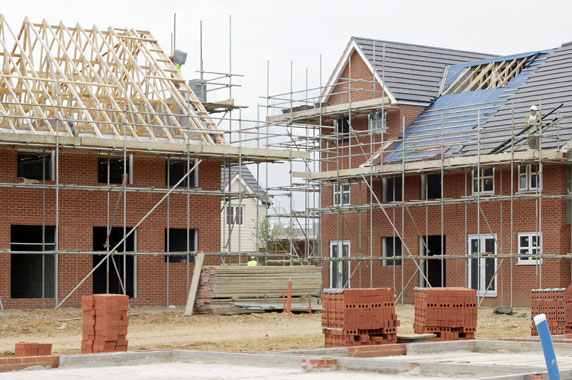
CPRE recognises the urgent need for new homes. It recently illustrated that rural affordable housing provision is in steep decline, exacerbating an already stark affordable housing shortage. CPRE believes that Government should help councils build again and help fund genuinely affordable homes, including on small rural sites.
Tom Fyans, director of campaigns and policy at the Campaign to Protect Rural England (CPRE): “As we engage in a much-needed debate about the type, tenure and quality of housing local communities need, it is important to look at what housing is currently being planned and where it is being delivered.
“Green Belt is being lost at an ever faster rate, yet the type of housing being built now or in the future will do very little to address the affordable housing crisis faced by many families and young people. We must not be the generation that sells off our precious Green Belt in the mistaken belief it will help improve the affordability of housing. The only ones set to benefit from future Green Belt development will be landowners and the big housebuilders, not communities in need of decent, affordable housing.
“Protecting the Green Belt is part of, not a barrier to, solving the housing crisis. It encourages us to focus on the 1 million plus homes we can build on suitable brownfield sites, and avoid the environmental costs of urban sprawl. The Green Belt makes our towns and cities better places to live. It provides quick access to the countryside. The Government must do more to protect it.”
While the Conservative manifesto pledged to ‘maintain the existing strong protections on designated land like the Green Belt’, recent proposals in the Government’s Housing White Paper could prompt further Green Belt loss. Under the plans, local authorities could be expected to review Green Belt boundaries every five years, and allocate more land for development if developers fail to build at the required speed.
Councils are expected to consider environmental and planning designations, such as Green Belt, when calculating their housing targets, yet many have chosen to ignore this requirement. The release of Green Belt is most often justified by ‘exceptional circumstances’.
Green Belt was first designated in 1955 to prevent urban sprawl. A poll marking the Green Belt’s 60th anniversary demonstrated its widespread support amongst the public.
